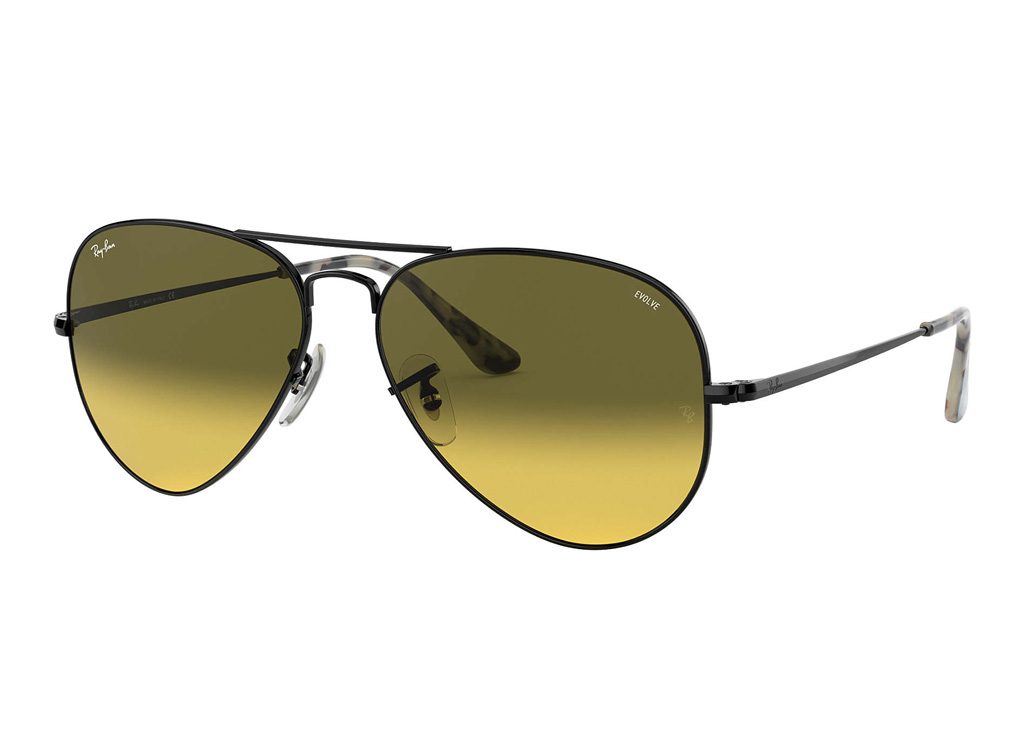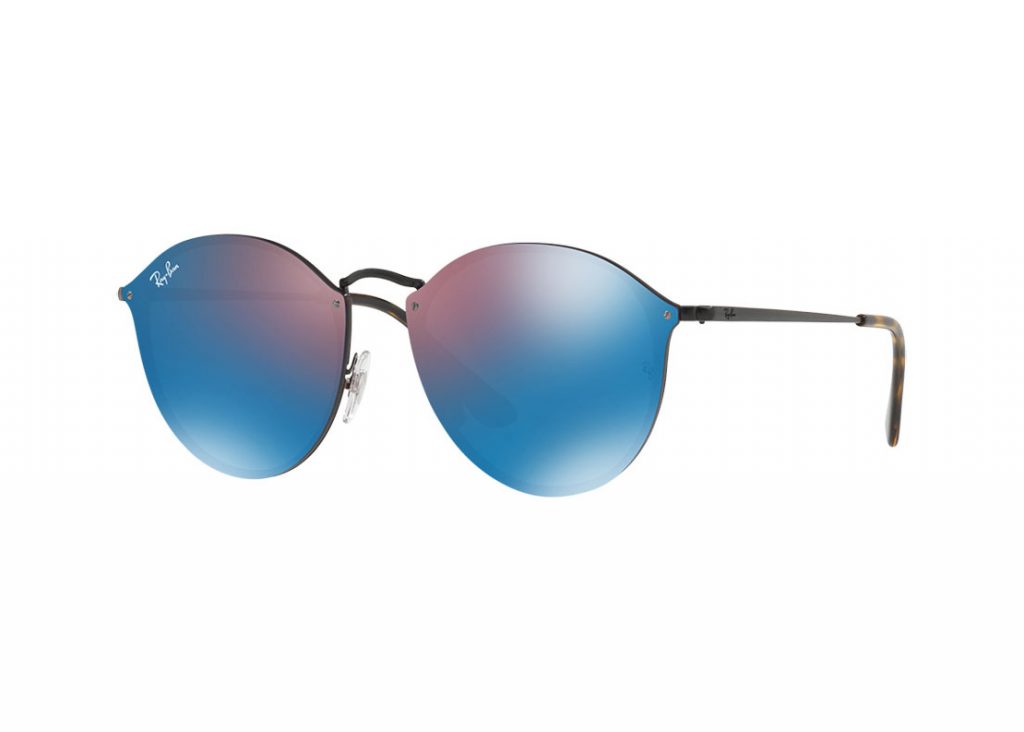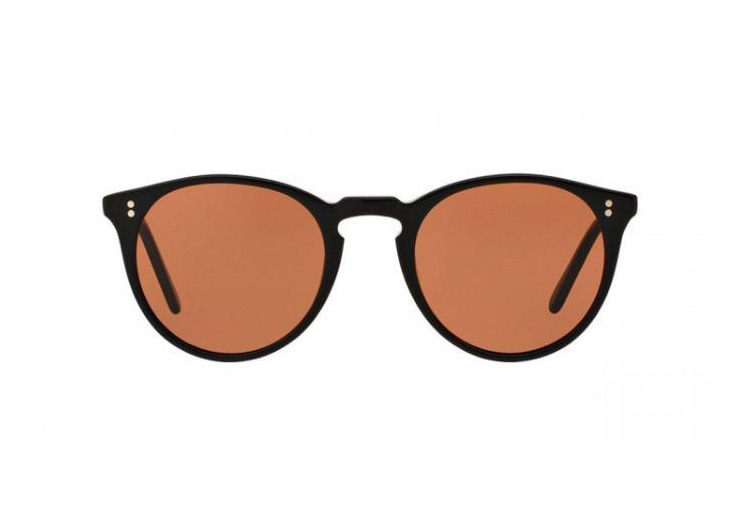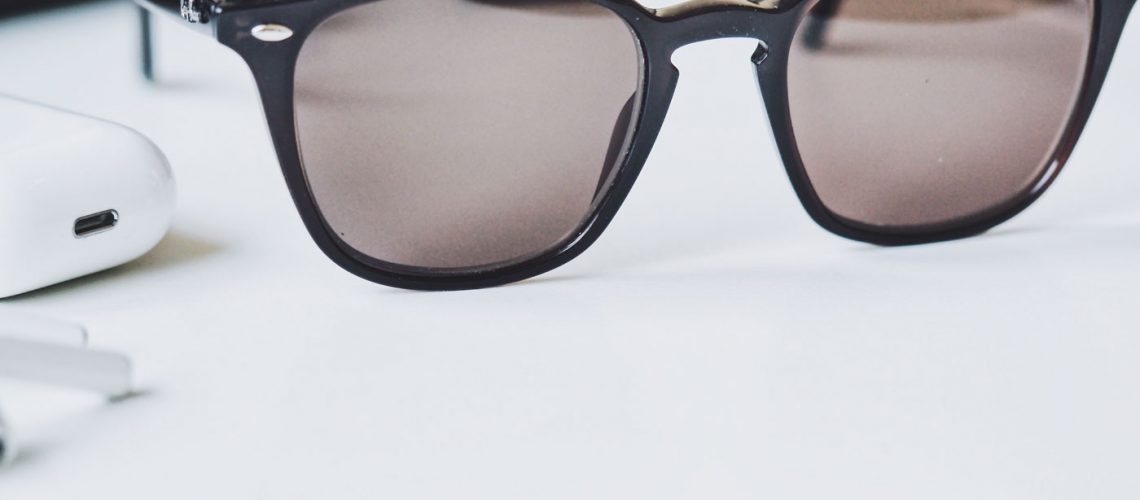Now that the warm weather is upon us you want to start thinking about sunglasses. But with so many different designs out there, how do you know which frames are going to suit your face shape and complement your features, and which will leave much to be desired? Luckily we’ve done most of the groundwork for you.
What is my face shape?
The first step is to decide what your face shape is – so is it square, heart, oval, or round-shaped. Take a photo of yourself directly facing the camera and use a piece of tracing paper to outline the edge of your face to work out your face shape. No camera? Then look in the mirror and with an erasable pen (or even some lipstick), trace the outline of your face on the mirror – whatever you do, just make sure you can wipe it off afterwards!
Round face shape
The face lenght and width are almost identlical. Small rounded chin without sharp angles. The hairline is smooth and rounded.
In this case you would aim at visually lengthening your face, so choose glasses with dark frames. They narrow the face and bring its contours closer to an oval shape. To balance your facial proportions, choose a frame where the width is greater than the height.
Suitable for round faces:
- Pointed, rectangular, and square glasses.
- Cat’s eyes glasses.
- Butterfly glasses.
- Glasses with narrow bridges.
- Aviators.
- Wayfarers.
Not suitable for round faces:
- Round glasses.
- Narrow frames.
- Glasses with sharply defined edges.
- Glasses with colored lenses.
- Glasses that cover the eyebrows.
Style suggestions:
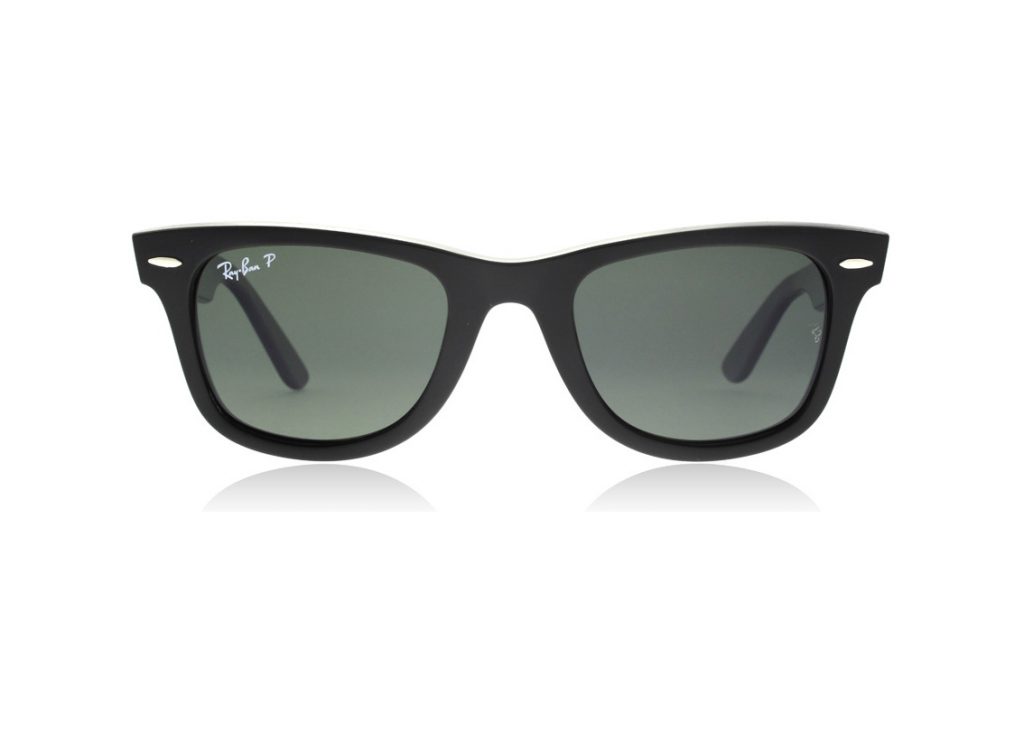
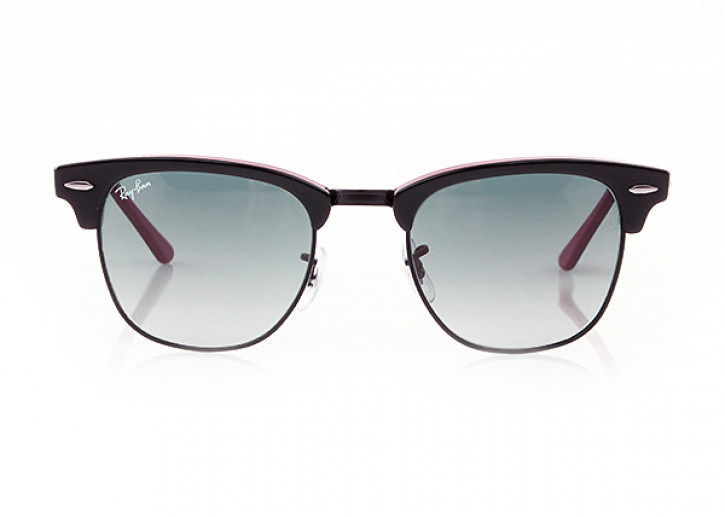
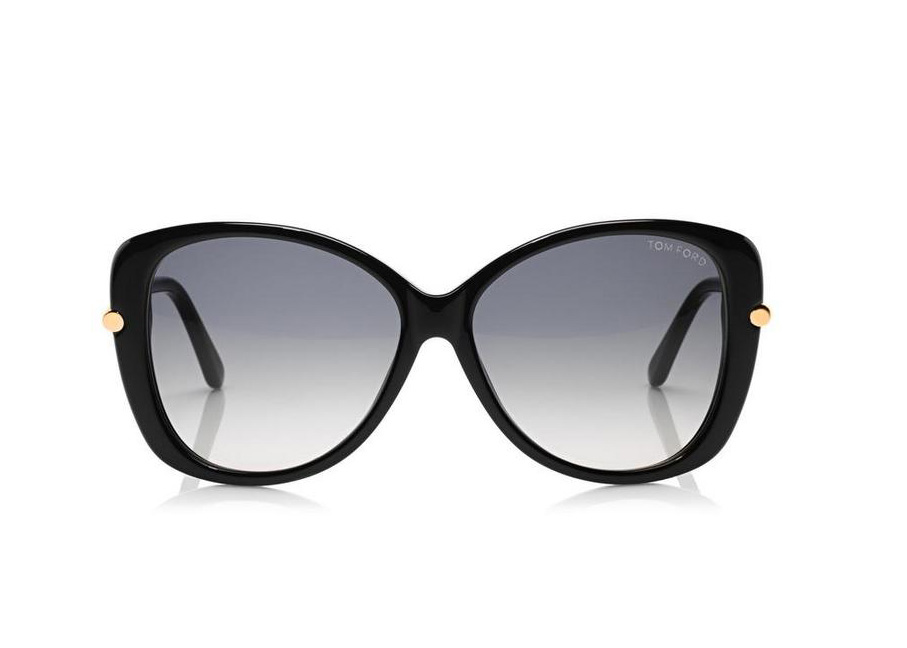
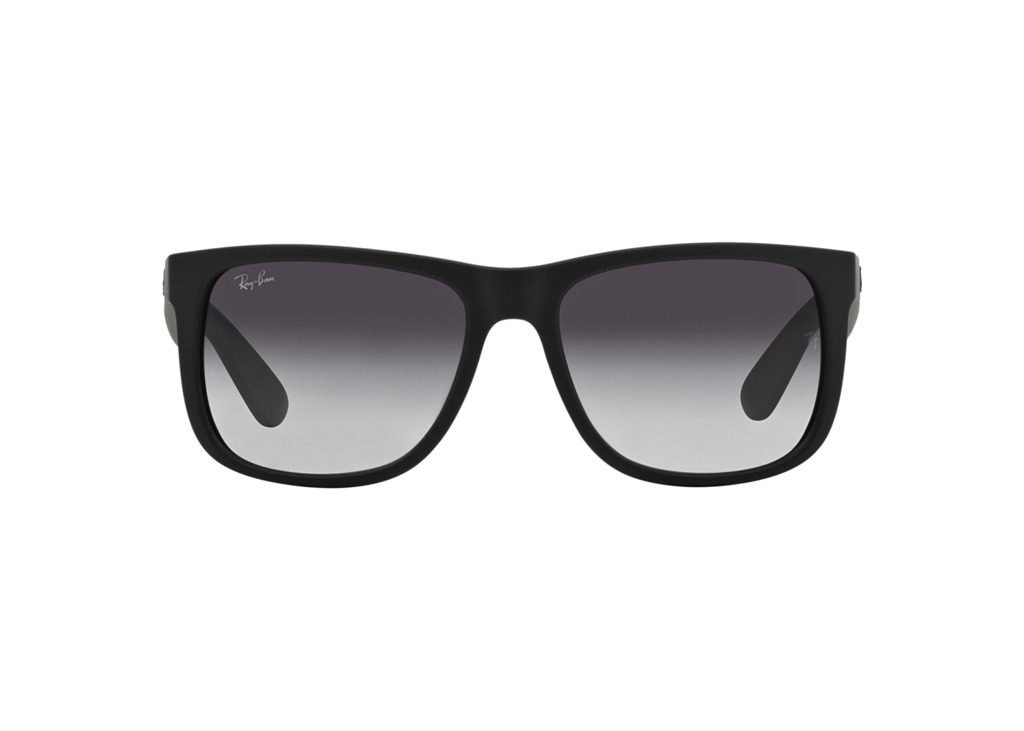
Oval face shape
The face’s length is slightly greater than the width. The chin is rounded. The cheekbones form the widest section of the face. The width of the forehead is slightly greater than the width of the jaw.
In this case, the main goal is not to disturb your face’s harmonious proportions. Therefore, you should avoid glasses that look too massive. Preferably, the frame should be as wide as your face, or a little wider. Make sure that the frame’s upper part is in line with your eyebrows.
Suitable for oval faces:
- Glasses with smooth-lined frames: rectangular, oval, round.
- Butterfly glasses.
- Aviators.
- Cat’s eyes glasses.
Not suitable for oval faces:
- Glasses with sharply defined edges.
- Glasses that appear too massive.
- Glasses that look too wide.
Style suggestions:
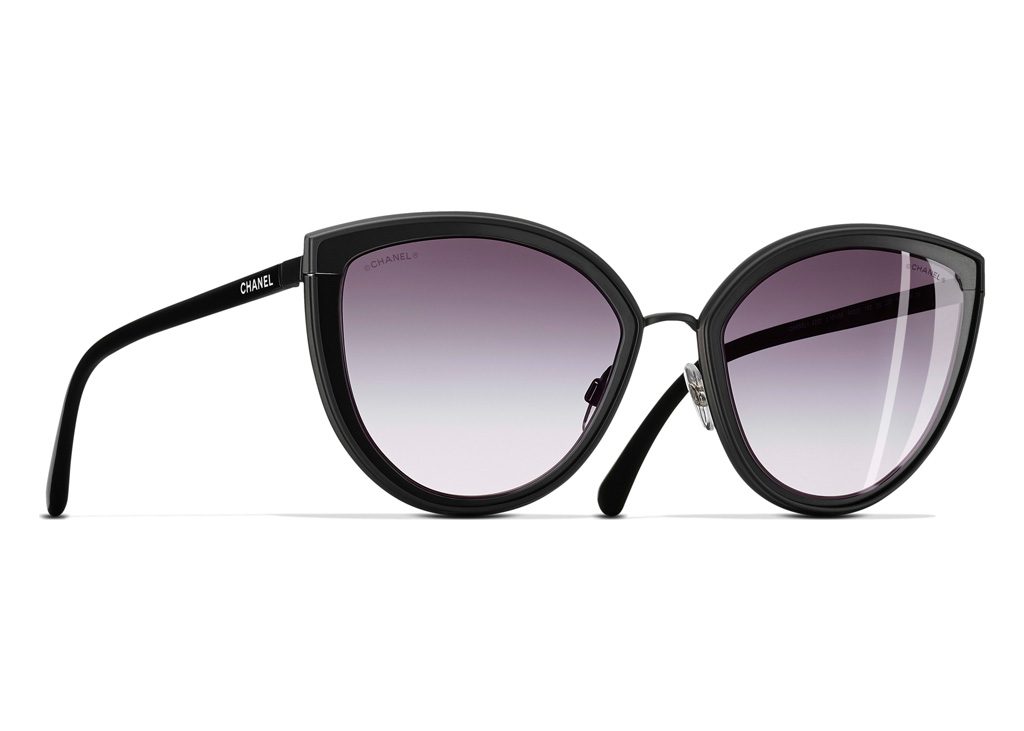

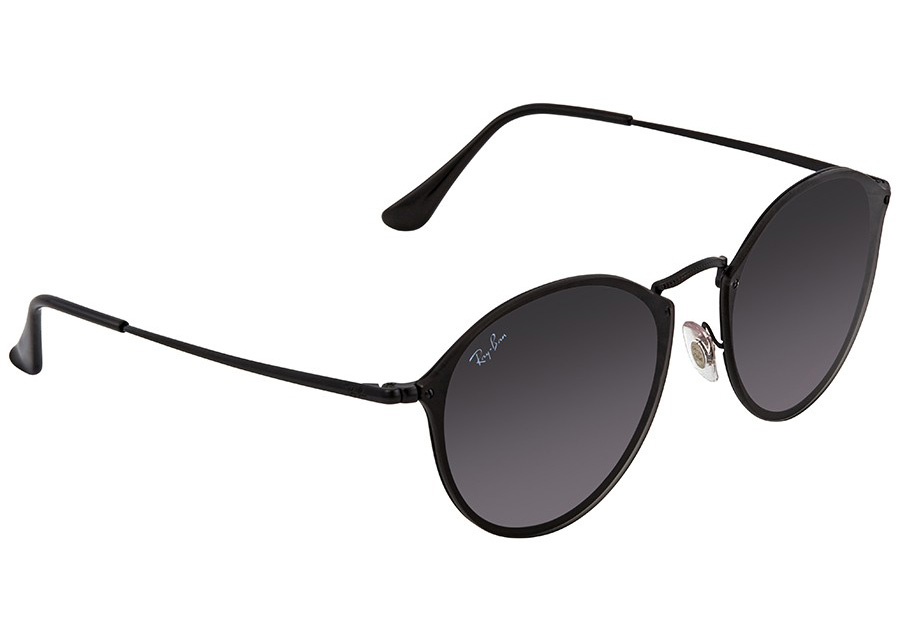
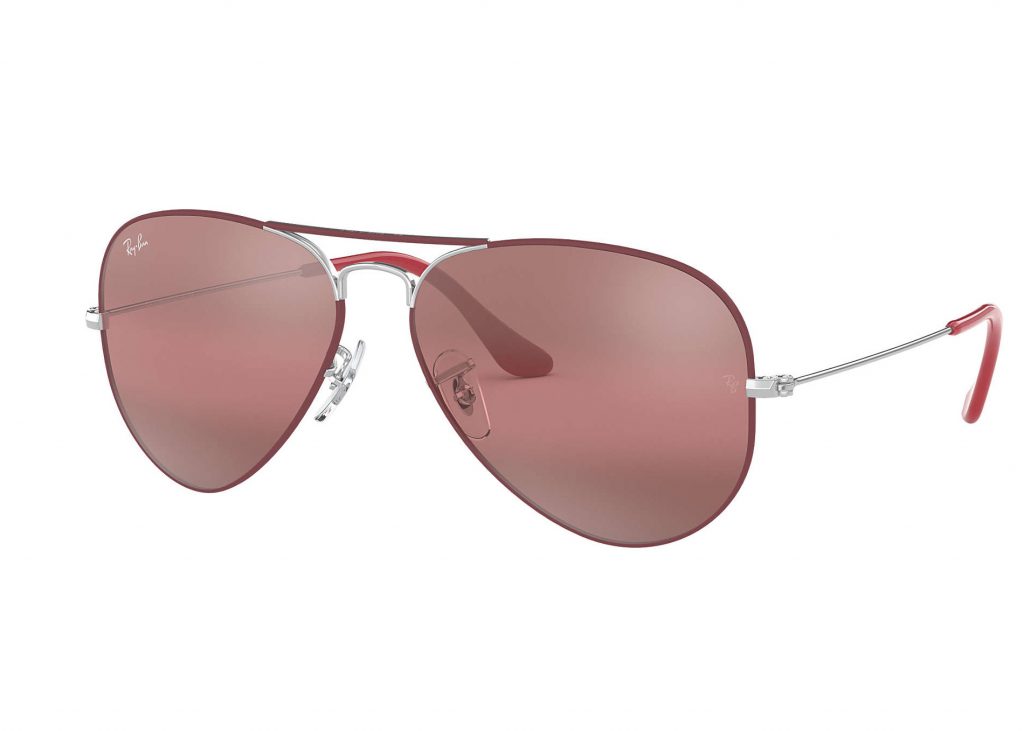
Square face
The face’s length and width are almost identical. The chin is broad and angular. The cheekbones, jaw and forehead are of equal width. The hairline is almost straight.
Sharp-angled rectangular or square frames can “overload“ your face’s outlines. On the other hand, rounded frames will help to visually balance and soften overall facial proportions.
Suitable for square faces:
- Large glasses.
- Glasses where the frame width equals the width of your face.
- Glasses with colored frames.
- Glasses with oval, round, or teardrop-shaped frames.
- Cat’s eyes glasses.
- Aviators.
Not suitable for square faces:
- Square frames with sharp corners.
- Small, narrow, and petite frames.
- Glasses where the frame is wider than your face.
Style suggestions:
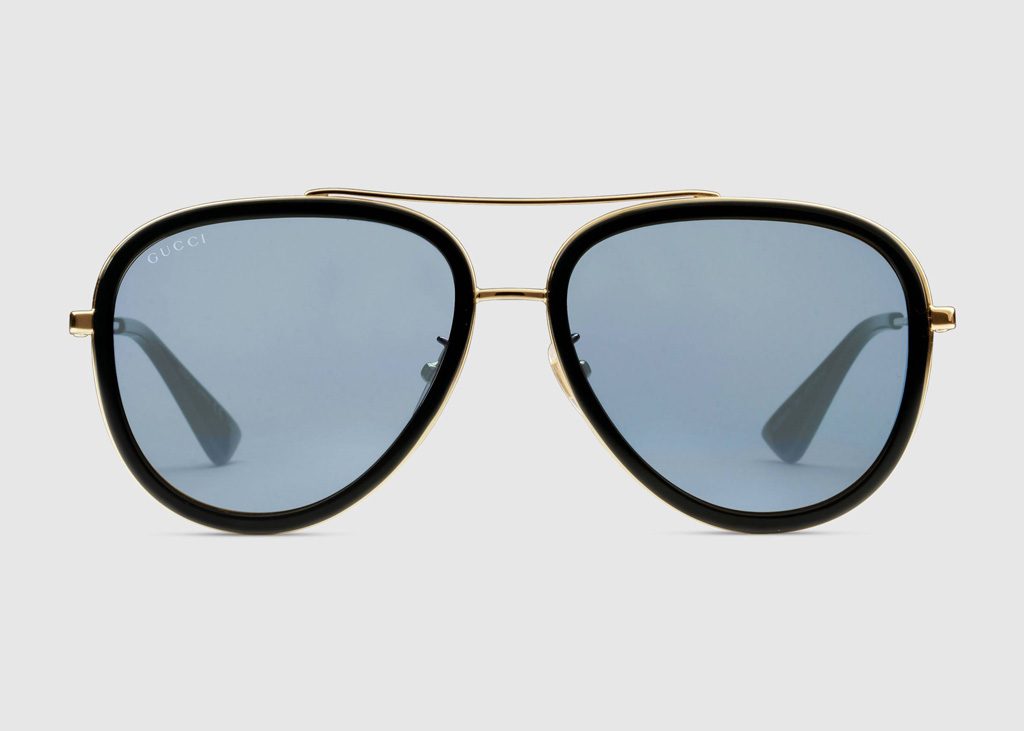
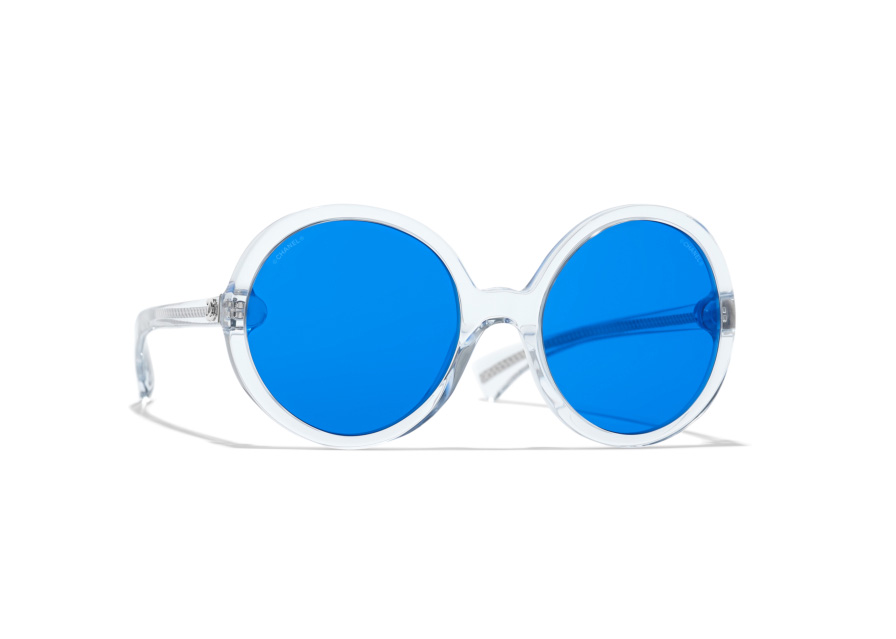
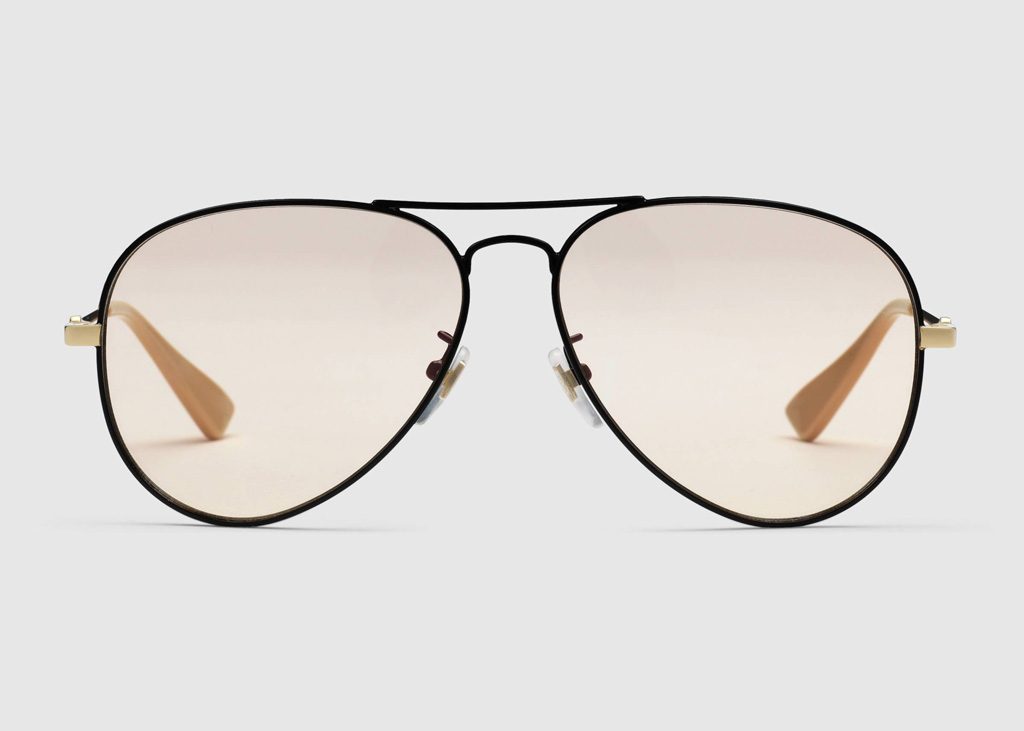
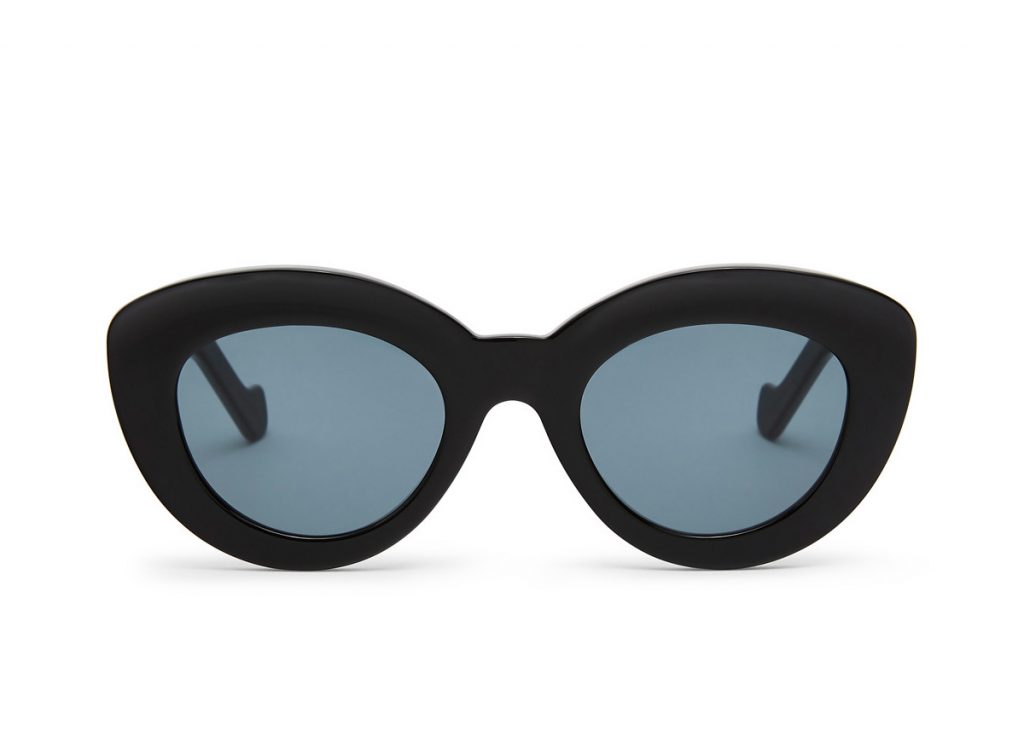
Rectangular face shape
The face’s length is greater than the width. The cheekbones, jaw and forehead are of equal width. The chin is broad and angular and the hairline is almost straight.
Aim to make your face appear visually broader. Go for large, massive-looking glasses.
Suitable for rectangular faces:
- Large-framed glasses.
- Aviators (with large frames).
- Rounded glasses.
Not suitable for rectangular faces:
- Narrow frames.
- Small glasses.
- Glasses with bright, colorful frames.
Style suggestions:
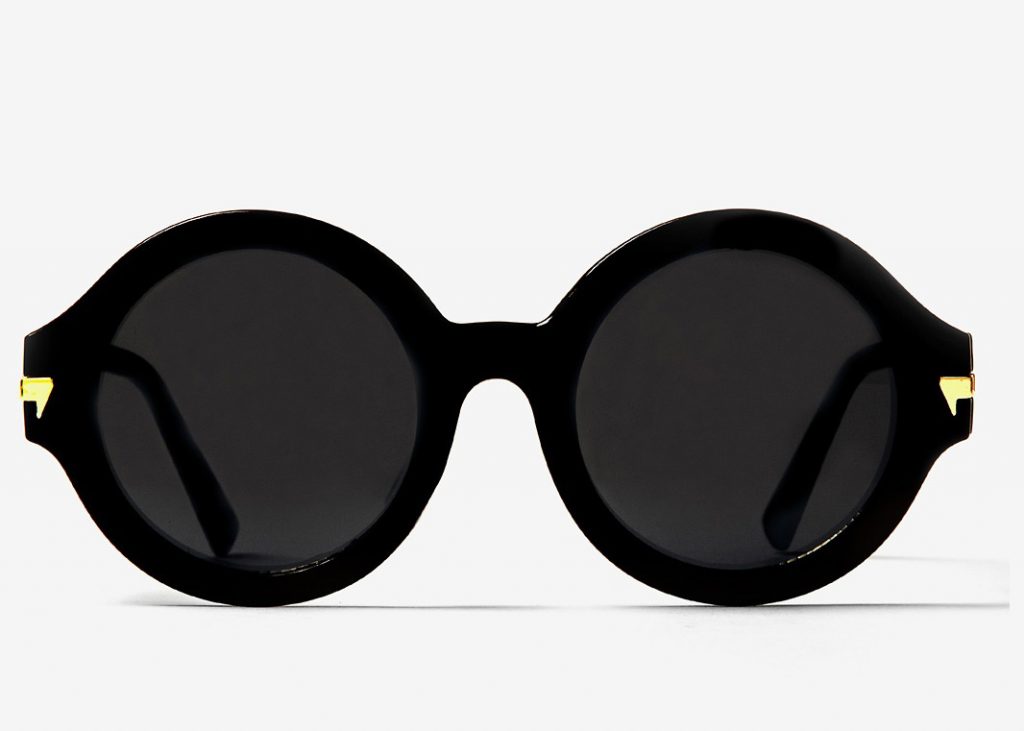
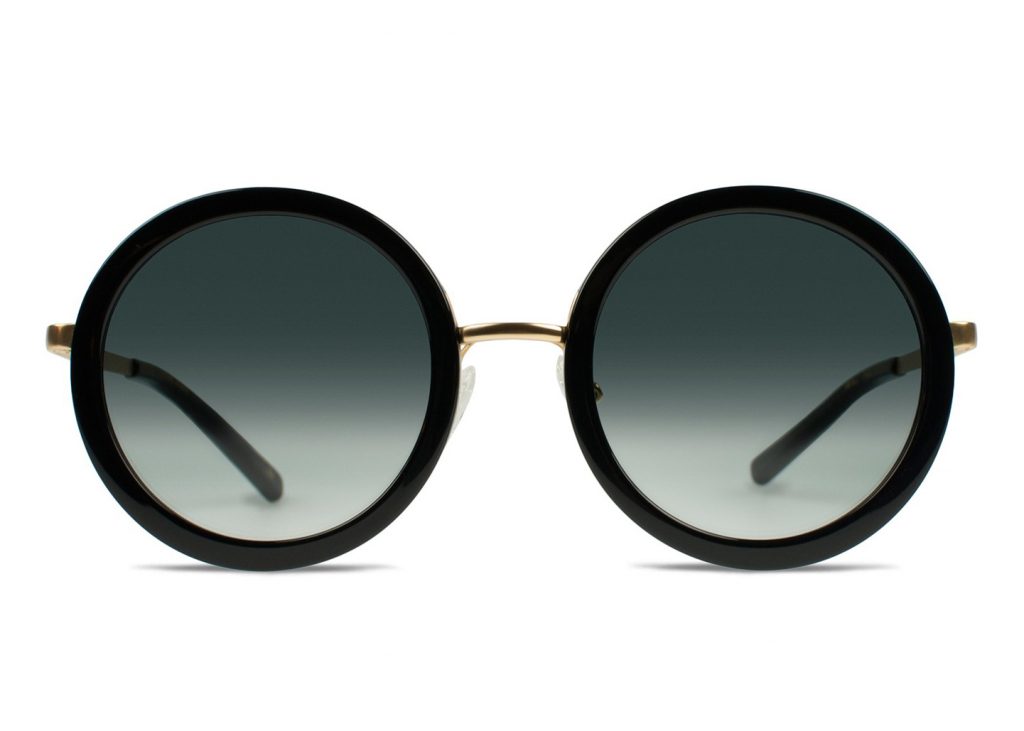
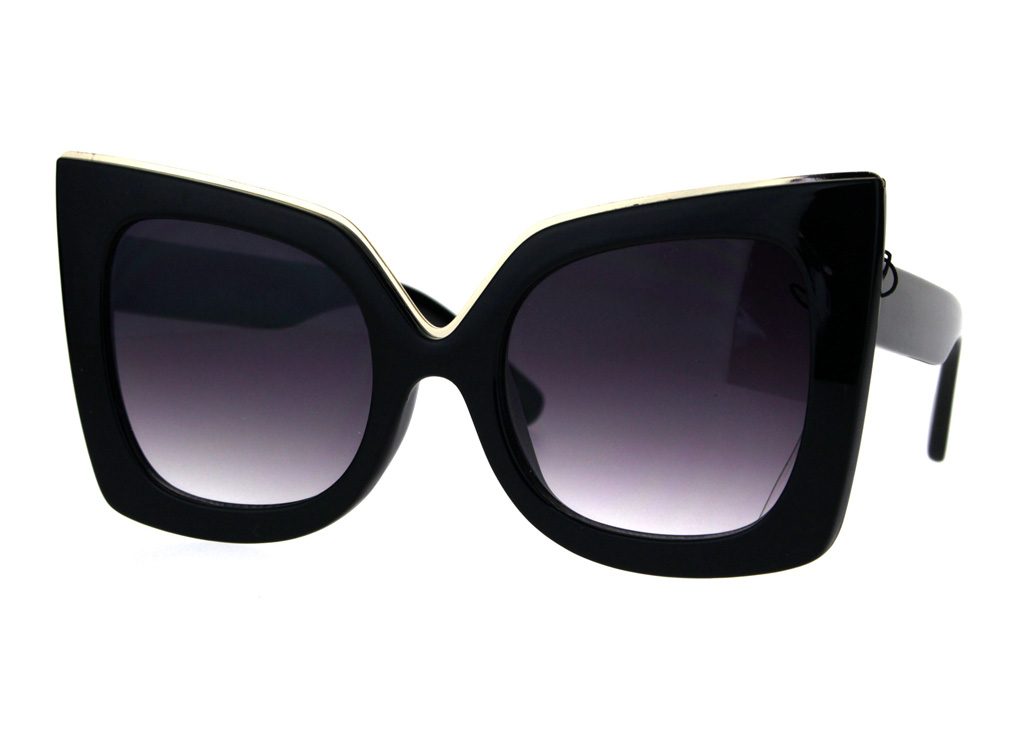
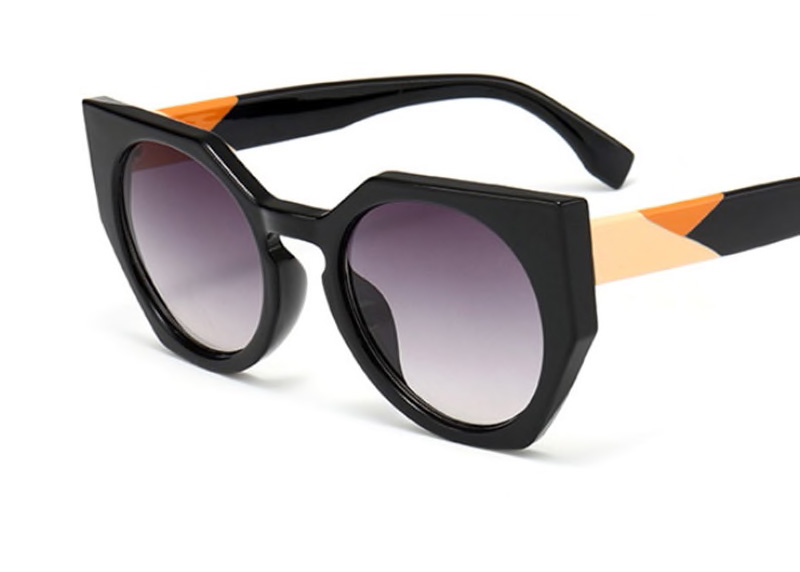
Heart-shaped face
The face’s length is greater than the width. The chin is the narrowest part of the face, while the forehead is the widest. Resembling and inverted triangle, the face gradually narrows from the forehead to the chin.
Your goal is to balance out the upper part of your face by making the lower part appear bulkier. Massive-looking glasses won’t help: they’ll just add more bulk to the upper part. We advise you to choose glasses where the width equals the width of your face. Opt for a teardrop-shaped design. “Aviators“ would be ideal.
Suitable for heart-shaped faces:
- Rounded or round glasses.
- Small frames with a narrow bridge.
- Glasses with low-set arms.
- Aviators.
- Wayfarers.
- Frameless glasses.
- Bright or neutral-colored frames.
Not suitable for heart-shaped faces:
- Glasses with large and heavy frames.
- Glasses with sharp, pointy outlines.
- Glasses that cover the eyebrows.
- Butterfly glasses or teardrop-shaped glasses.
- Cat’s eyes glasses.
Style suggestions:
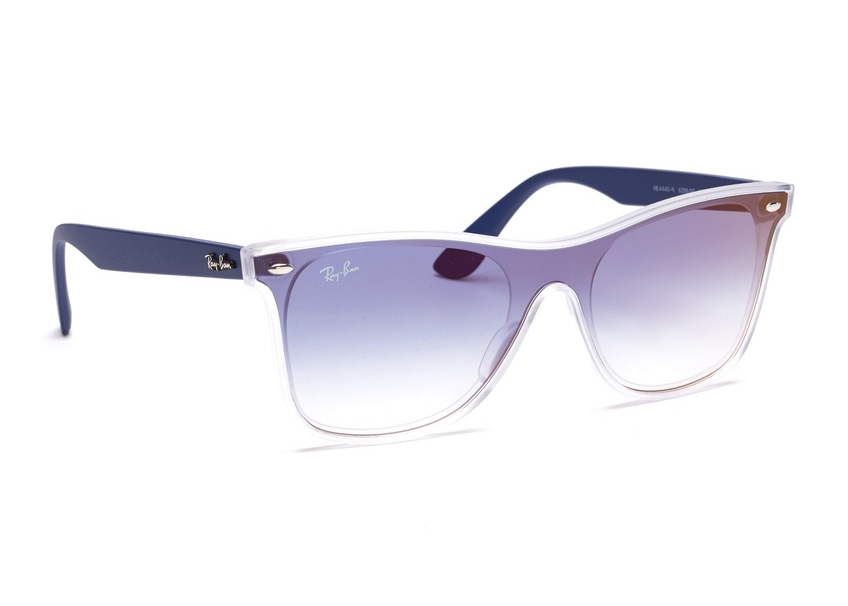

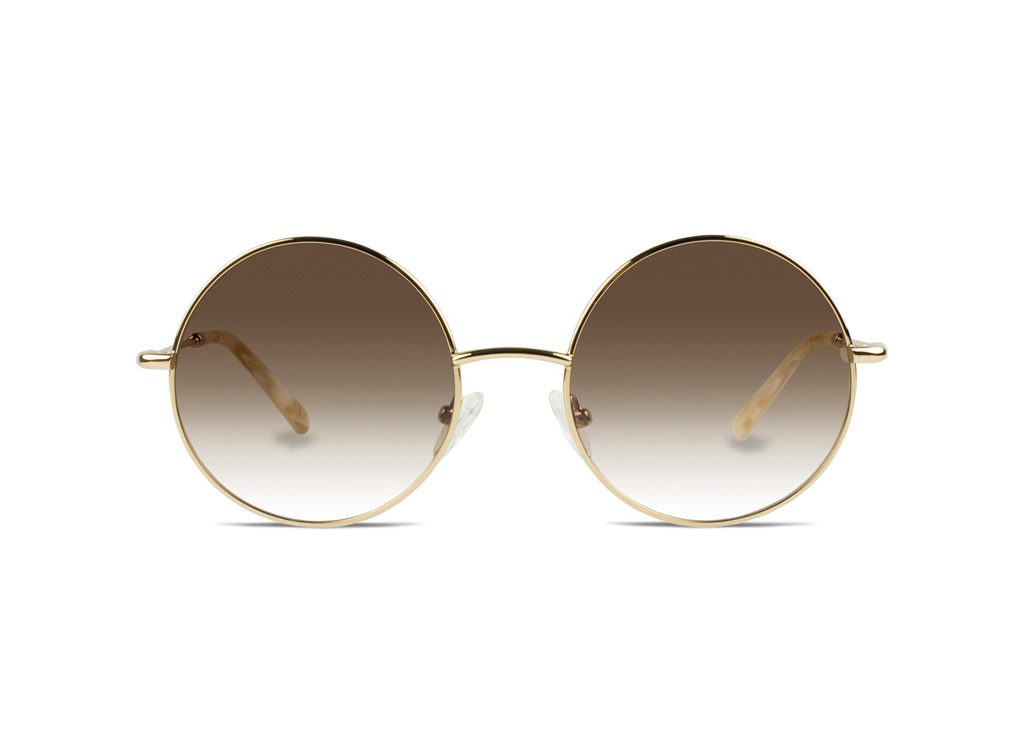

Triangular face shape
The face’s length is slightly greater than the width. Wide square chin. narrow cheekbones and forehead. The face narrows towards the temples.
Your main aim should be to visually broaden the upper half of your face while making the lower half less conspicuous. Choose sunglasses with a large frame and a broad upper part. The lower part shouldn’t have square or sharp outlines.
Suitable for triangular faces:
- Round glasses without bright decorations.
- Aviators.
- Cat’s eyes glasses with transparent lenses.
- Frameless glasses.
Not suitable for triangular faces:
- Cat’s eyes glasses with dark-tinted lenses.
- Glasses with square or rectangular frames.
- Glasses where the lower part has square or sharp-edged outlines.
Style suggestions:

